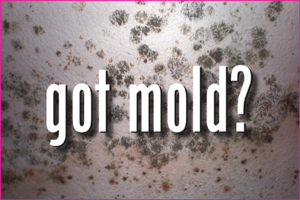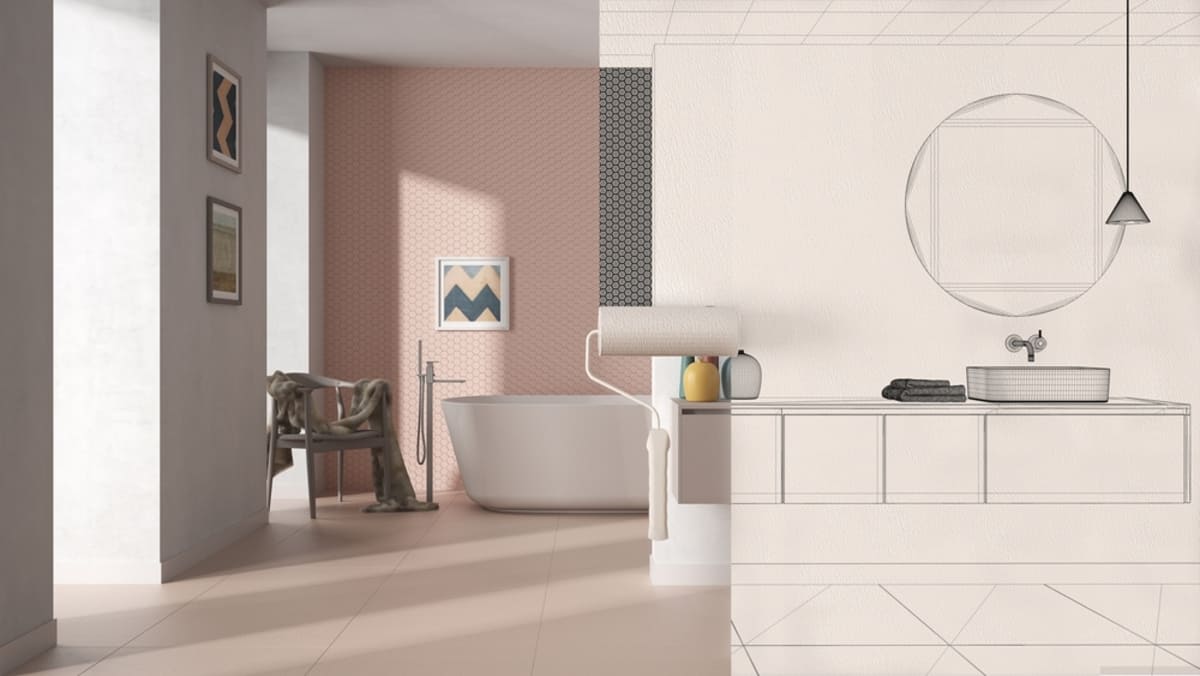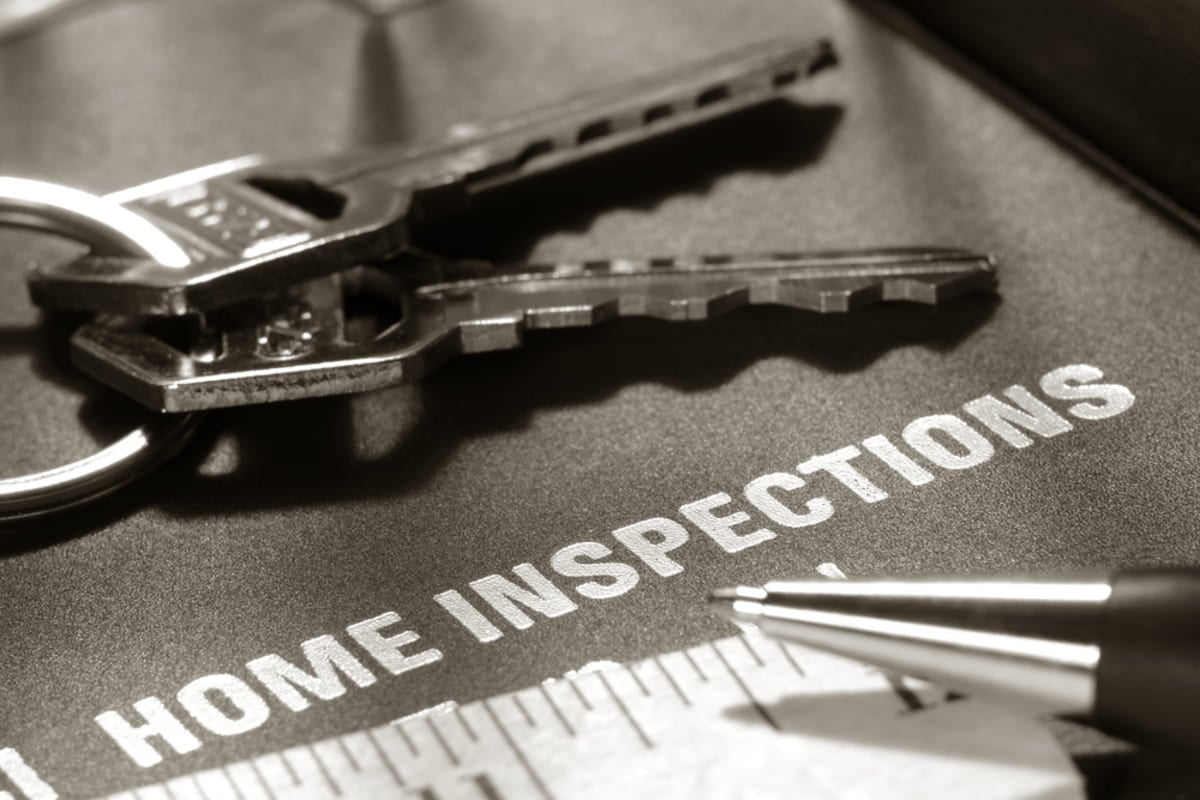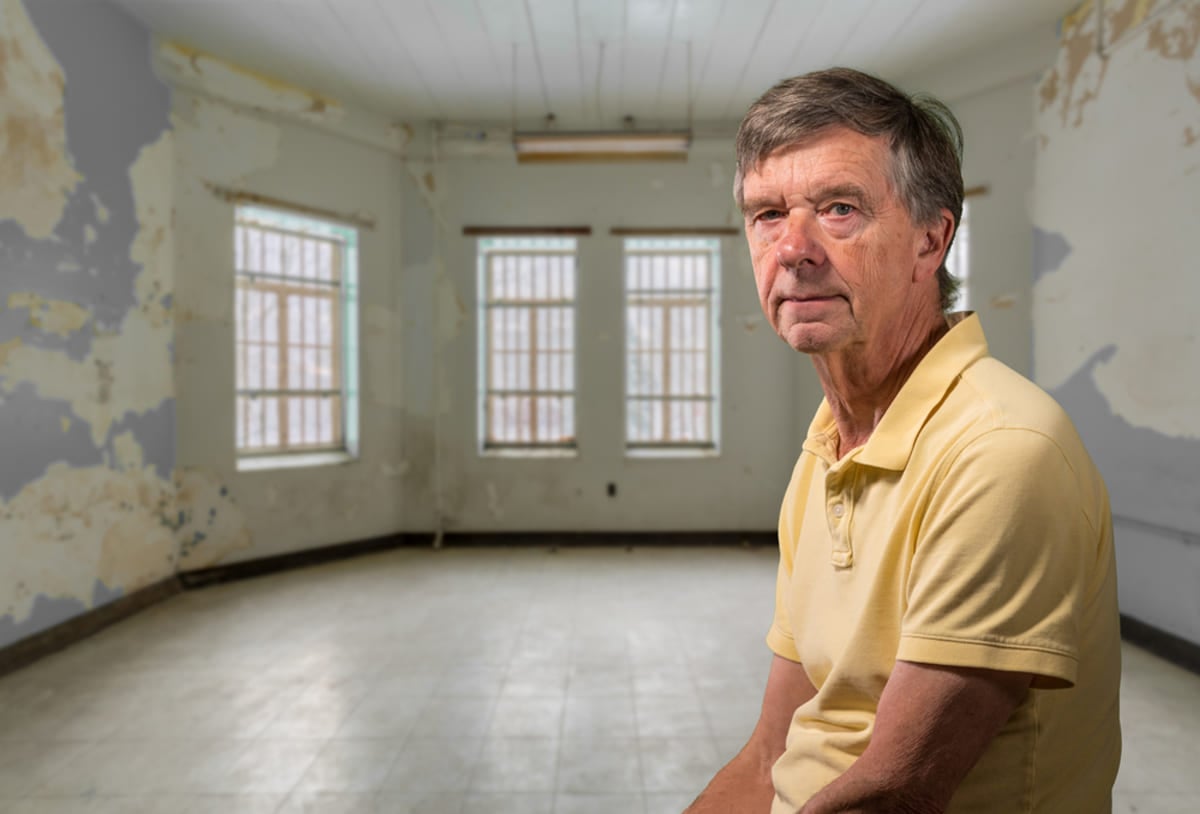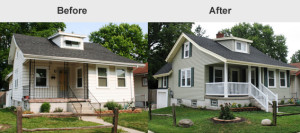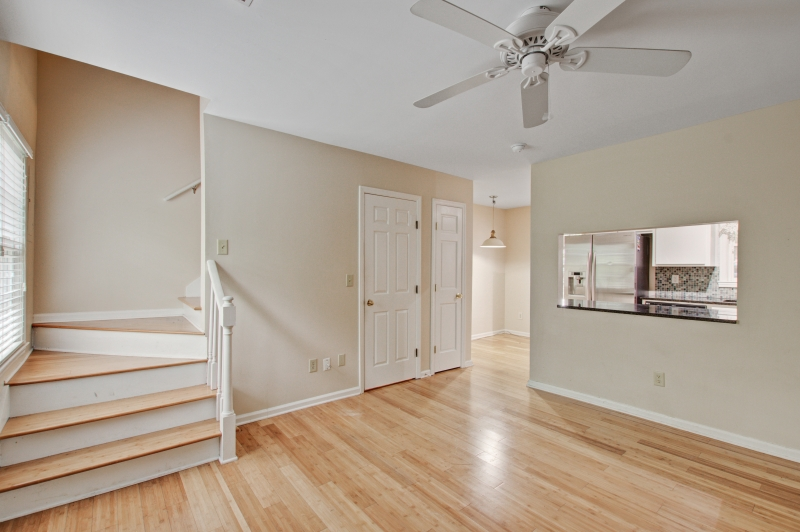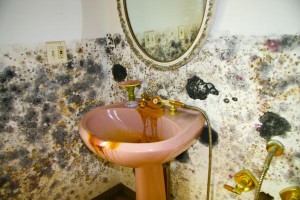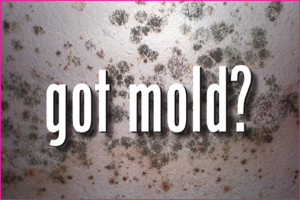
by Albert Fontenot
February 10, 2015
In the last entry, I gave you some information about your Charleston rental property and mold problems–specifically, what 'toxic mold' is, what causes it, and the hazards that it produces, both for the health of your tenants and for your exposure to civil liability.
Hopefully, when you inspect your rental home, you won't find any water damage or indications of a mold infestation. If that is the fortunate case, then all you need to do is stay vigilant to make sure that no growth ever gets a foothold.
However, the reality is that based upon the city's geography, weather, and overall climate, it remains a distinct probability that at some point your Charleston rental property was subject to flooding or water damage of some type, perhaps even before you bought the home. If that is the case, and if you discover symptoms of mold during your inspection, then you need to immediately take steps to protect your tenants and your investment.
Remember, under South Carolina law, a landlord has the responsibility to ensure that the property is habitable and that the health and safety of the tenants living there is not compromised. If the home has a toxic mold infestation, then your tenants have the legal right to break their lease and sue you for any damages or losses that they incur.
There are already legal precedents in South Carolina and across the country where multi-million-dollar lawsuits have occurred due to toxic mold. Last year, Horry Electric Cooperative, based in Conway, agreed to pay $6 million into a settlement pool because their 'Good Cents' program caused water damage and mold growth in over 1000 homes.
Depending upon the severity of the toxic mold infestation in your Charleston rental property, you will have two choices on how to cleanup and repair the damage – professional mold remediation or doing it yourself. Because different mold abatement and restoration companies have their own policies and procedures, I am going to focus on the proper do-it-yourself methods from the perspective of Charleston property managers.
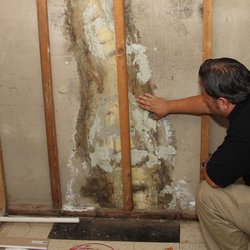
In general, a careful examination of the premises (performed by you) is sufficient to detect most mold problems. Your efforts might include:
- recognizing moldy odors and finding the source
- focusing on areas where there are signs of water stains, leaks, or damage
- moving furniture
- checking the topside of ceiling tiles
- checking under or removing carpet
- checking behind or removing wallpaper or paneling
- inspecting ductwork and any window air conditioning units
- physically going into the attic/basement
- exposing wall cavities, especially those with interior piping
- checking in and around the washing machine, dishwasher, and water heater.
Do-It-Yourself Mold Cleanup
When you are attempting to solve a mold problem, your very first step should be to stop the source of moisture. This means repairing the causal problem allowing the moisture infiltration–the damaged roof, the leaky plumbing, the defective dishwasher, etc.
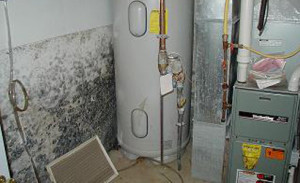
This can also mean removing any building material that has been waterlogged or damaged by water to the point that it now has mold growth to the extent that it is beyond repair. This might mean replacing your gypsum wallboard or removing a mildewed carpet and pad, for example.
If the occurrence of mold growth is small, there are several common remedies that you can apply:
- Sunlight: The sun's ultraviolet rays will kill mold spores effectively.
- Ventilation: This might be as simple as installing a ventilation fan.
- Non-porous materials: This will prevent any saturation of water and often remove the mold's source of nutrition.
- Dehumidifiers: These reduce the room's ambient moisture.
- Household cleansers: Simply killing mold with a biocide is not sufficient; the toxins harmful to humans still exist even when the mold is dead. The proper removal method is to use a cleaning solution that will physically remove the mold. Many commercial cleaners designed for mold removal will include a fungicide.
If you plan on removing mold from your Charleston rental property yourself, you need to take protective measures to ensure that you do not endanger your own health by breeding in mold spores.
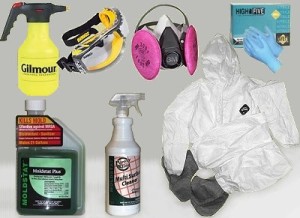
Mandatory equipment that should always be worn when cleaning up a mold infestation includes:
- A respirator: You'll need either half-face or full-face model with removable cartridges. Be careful that you purchase the correct size for your face and follow the instructions when installing the cartridges, or the respirator will be ineffective.
- Respirator masks: A full-face respirator mask will protect your eyes, but if a half-face mask is used, goggles should also be worn to protect your mucous membranes. The goggles should not have ventilation holes.
- Removable cartridges: You'll need a minimum rating of P-100, preferably with an active carbon element.
- Protective clothing: Ideally, you should wear a disposable 'hazmat' suit. The best coveralls are designed to keep out mold particles as small as 1 µm. This clothing is necessary to prevent any mold spores from entering your body through cuts on your skin.
- Gloves: Non-porous gloves made of neoprene, rubber, polyurethane, or nitrile should always be worn to keep out both the mold and the cleaning products.
There are also several types of specialized equipment that you might need to use when inspecting or removing mold from your Charleston rental property:
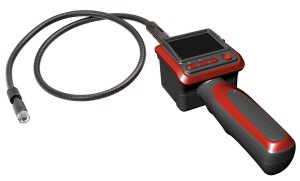
- A High-Efficiency Particulate Air (HEPA) filter vacuum cleaner
- A wet vacuum cleaner for the removal of water from hard surfaces and carpets
- A moisture meter to measure the level of moisture in building materials such as masonry, wood, brick, wallboard, and carpet
- A humidity gauge to measure the level of humidity indoors
- A borescope to see inside walls, ceilings, and crawlspaces.
When the cleanup is complete, all debris, removed building materials, and contaminating furnishings/belongings should be placed into closed containers or construction-grade impervious bags. These items can be thrown away just as any other regular construction waste.
When to Hire a Professional
As soon as possible following any sort of flooding or significant water damage, you should always hire a local company to professionally inspect the home and assess it for any mold growth.
Mold can begin growing in as little as 24 hours from an incident that creates the right conditions. After a major leak or a flood, a building can have high mycotoxin levels even after it has dried out.
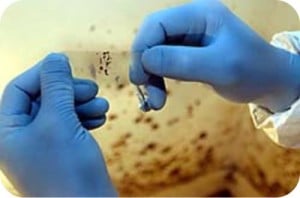
Although you may prefer to do the inspection yourself, a company that specializes in mold remediation will be able to take samples and perform a proper analysis that follows the recommendations of:
- The Environmental Protection Agency (EPA)
- The American Industrial Hygiene Association (AIHA)
- The National Institute for Occupational Safety and Health (NIOSH)
- The Occupational Safety and Health Administration (OSHA).
When the mold infestation in your Charleston rental property is too widespread or insidious, or if you believe that the cleanup is beyond your capabilities, it is best to bring in an outside mold remediation and abatement company.
Companies with the proper credentials should be able to answer any of your questions as to how they will follow all applicable regulations. For example, if the contaminated building materials that need to be removed also contain asbestos, they should be able to demonstrate how they will enforce proper disposal.
- Mold contamination is graded Level I to IV, depending upon the level of infestation and the area affected.
- The company you bring in should be able to describe your level of contamination and how that determination was made.
- The workers for the company should have all the necessary decontamination equipment and protective gear.
- All personnel should be trained on how to handle hazardous waste.
Cleaning up a large-scale job also means preventing the spread of contamination outside of the affected areas–non-affected occupied areas or adjacent neighbors, for example. The mold remediation and abatement company that you hire should be able to explain to you how they plan on isolating the work area.
Any time there is extensive work to be done within a building is ductwork or components of an HVAC system, a professional mold remediation and abatement company should be used to make sure that everything is properly disinfected and that there is no cross-contamination.
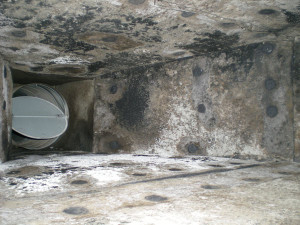
Ductwork is especially problematic; often, specialized equipment is needed. Sometimes, a dry brushing or agitation device is necessary to remove the mold and debris from within the ductwork. This method is preferable, because it means that no foreign substances are introduced into the HVAC system.
Be aware that when a professional mold remediation company performs an in-depth inspection and analysis of the property, sometimes the recommendation might be more drastic then you would ordinarily expect. Sometimes, it might be preferable to have a property condemned and razed than to initiate the expensive and time-consuming process of abatement.
That statement should underline the seriousness of properly dealing with toxic mold growth—and the conditions that created it. There are not many rental property maintenance issues that you face as an investor that can mean the condemnation of your entire Charleston rental property—but this is one of them.
Your diligence when it comes to regularly and carefully inspecting the home is the largest step you can take to protect your career as a do-it-yourself property owner from the damages of toxic mold growth.
